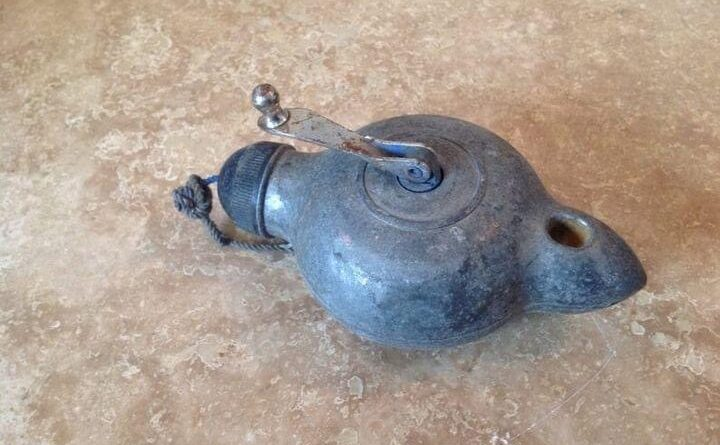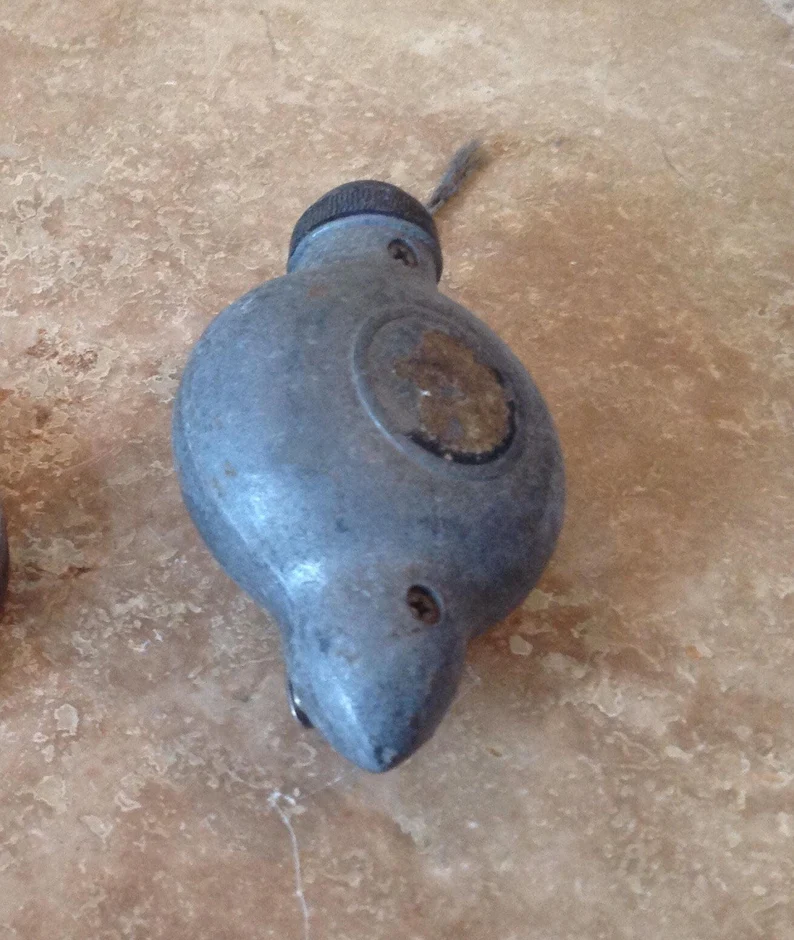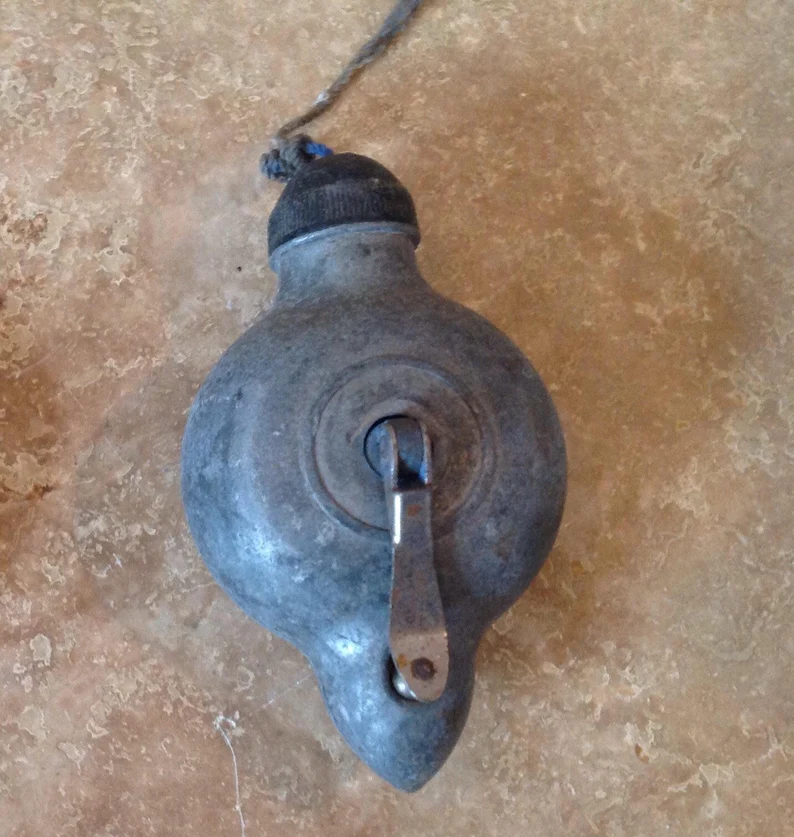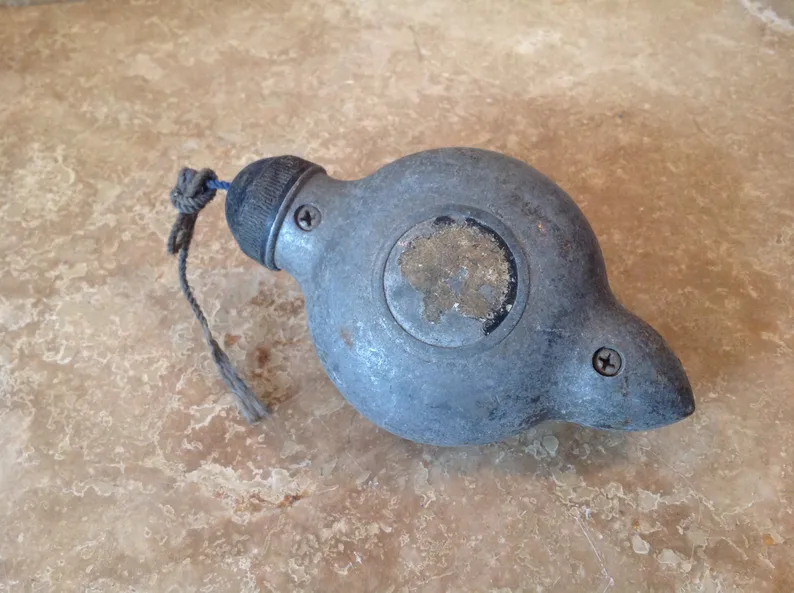Vintage chalk line tools have played a crucial role in construction and craftsmanship for over a century. Known for their ability to create precise, straight lines over long distances, these tools are a testament to ingenuity and durability. Despite the advent of modern technology, vintage chalk line tools remain beloved by professionals and hobbyists alike. In this article, we’ll explore the rich history, practical usage, and lasting legacy of these essential tools.
History of the Chalk Line Tool

The history of the chalk line tool dates back to the 19th century, during a time of rapid industrialization and construction advancements. Early versions of this tool were simple but highly effective, consisting of a spool filled with chalk powder and a string that could be coated with the powder. This design allowed workers to mark straight lines on various surfaces, such as wood, stone, or masonry, which was critical for ensuring precision in construction and craftsmanship.
Over time, the chalk line tool evolved. By the early 20th century, manufacturers began to improve the design, making sturdier versions that could withstand heavy, frequent use on job sites. These improved tools often featured retractable lines, durable casings, and more ergonomic grips for better handling. The essence of the tool remained the same: it was a reliable, easy-to-use solution for marking straight lines over long distances.
The Evolution of Chalk Line Materials and Design
While the basic concept of the chalk line tool has remained unchanged, advancements in materials and design have improved its efficiency and longevity. Early chalk line tools were made from simple wood or metal housings and cotton string, which could sometimes wear down with frequent use.
In the mid-20th century, stronger synthetic materials such as nylon were introduced for the string, significantly improving the tool’s durability. Additionally, modern chalk powders were developed, offering brighter and more visible lines. These advancements made chalk line tools even more indispensable in industries where accuracy was non-negotiable.
How to Use a Vintage Chalk Line Tool
Using a vintage chalk line tool is remarkably straightforward, yet its results are highly effective. Here’s how it works:
- Prepare the Line: The chalk line consists of a string inside a reel filled with chalk powder. Pull the string out, ensuring it’s coated with enough chalk.
- Set Your Points: Mark two points on the surface where you need a straight line. Stretch the chalked string between these two points.
- Snap the Line: Once the string is taut, snap it against the surface by pulling the string upward and releasing it. This action will leave a chalk imprint in a perfectly straight line between the two points.
This method is ideal for creating guidelines for cutting, drilling, or aligning materials. It ensures accuracy without the need for high-tech tools, making it indispensable in various trades.
Practical Uses of Chalk Line Tools

Vintage chalk line tools have a wide range of applications across different industries:
- Construction: Builders use chalk lines to mark reference points before cutting or installing materials. These lines are essential for maintaining structural integrity and ensuring that all materials are aligned perfectly.
- Woodworking: In carpentry, chalk lines are used to guide straight cuts, allowing for precision when working with wood. This is especially important in cabinetry, furniture making, and flooring installation.
- Craftsmanship and DIY Projects: Chalk line tools are also valuable for hobbyists and craftsmen working on detailed projects, such as tiling, masonry, or laying out intricate designs. The ability to create straight lines effortlessly is a critical step in ensuring a professional finish.
The Enduring Legacy of Vintage Chalk Line Tools
Despite the availability of laser levels and digital measuring devices, vintage chalk line tools have stood the test of time. Their simplicity, effectiveness, and durability make them a go-to for many tradespeople who value manual tools that provide accurate results.
One of the reasons vintage chalk line tools remain popular is their reliability. Unlike electronic tools that may fail or require charging, chalk lines are mechanical, meaning they can be used anywhere without the need for power. This practical, no-nonsense approach is a hallmark of these vintage tools, and it’s one of the reasons they continue to be favored by both professionals and hobbyists.
Collecting and Preserving Vintage Chalk Line Tools

In addition to their practical applications, vintage chalk line tools have become collectible items. Enthusiasts and tool collectors seek out older models, not only for their historical value but also for the craftsmanship that went into making them. These tools represent an era when products were built to last, and they often feature robust, hand-crafted designs that are no longer produced in modern manufacturing.
For collectors, finding a well-preserved vintage chalk line tool is akin to discovering a piece of history. Many of these tools are passed down through generations, and they often retain their functionality even after decades of use. The combination of utility and history makes them cherished items in tool collections.
The Chalk Line Tool’s Influence on Modern Tools
The design of the vintage chalk line tool has influenced the development of many modern tools. For instance, today’s laser line levels, which are commonly used in construction and home improvement projects, can trace their origins back to the humble chalk line. While modern devices may offer more convenience and precision, they still rely on the same basic principle of creating a straight guide for alignment and measurement.

Conclusion: The Timeless Appeal of Vintage Chalk Line Tools
Vintage chalk line tools are a perfect example of how simplicity in design can lead to remarkable efficiency and precision. These tools have a rich history that spans centuries, and they continue to be a staple in construction, woodworking, and craftsmanship today. Their enduring legacy is a testament to their reliability and the timeless value of well-crafted tools.
Whether you’re a professional tradesperson or a DIY enthusiast, the vintage chalk line tool offers an excellent blend of practicality, history, and craftsmanship. It reminds us that even in a world dominated by modern technology, there’s always room for the tools that got the job done long before high-tech solutions came into play.


